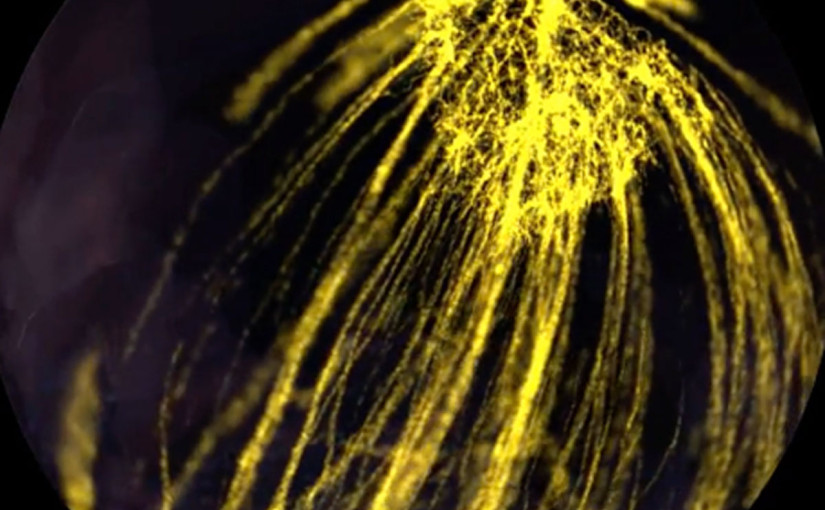
Repeated Misunderstanding of Concussions

A recent New York Times article entitled “FDA Approves First Blood Test to Detect Concussions”, dated February 14, 2018, touts a new blood test as being able to detect concussions or commonly known as Traumatic Brain Injuries (TBI) without the need for neuro-imaging tests such as MRI and CT scans. The authors of the article writes that the test, the Banyan Brain Trauma Indicator, can detect brain tissue damage or intracranial lesions caused by Traumatic Brain Injuries (TBI). The authors further state that the test “could eliminate the need for CT scans…” According to the article, the test works by measuring the levels of specific proteins, known as UCH-L1, and GFAP, that are released from the brain into blood and measured within 12 hours of the head injury (Traumatic Brain Injuries- TBI). Levels of these blood proteins can help predict which patients may have intracranial lesions visible by CT scan, and which won’t.
The critical word that we need to focus on according to the article is “lesions”. If this new blood test can only detect lesions, then it only rules out a very small portion of concussions or traumatic brain injuries (TBI). Concussions or Traumatic Brain Injuries (TBI) can occur without lesions or bleeds. In fact the majority of concussions Traumatic Brain Injuries (TBI) don’t lead to lesions or bleeding. The insidious nature of most Traumatic Brain Injuries (TBI) is the brain appears normal on CTs and MRIs since there usually is no bleeding or lesions. But, that does not mean that other parts of the brain, such as the internal network of axons, are not damaged as a result of Traumatic Brain Injuries (TBI).
Another reason this article is inaccurate is that CT scans are not used to detect lesions. They detect bleeding and fractures. CT scans are usually not sensitive enough to detect lesions in the brain. MRIs are commonly used to detect lesions. The protocol with most hospital emergency rooms with regard to Traumatic Brain Injuries (TBI) is to determine if there is bleeding in the brain with the use of CT scans. Most of the time when a patient goes to the emergency room due to Traumatic Brain Injuries (TBI), MRIs are not performed but only CTs.
The headline about detecting concussion is quite misleading. The role of the test is triage, to detect a subset of patients who have a higher likelihood of visible brain pathology on CT and should be closely examined in the acute setting. These patients may need surgery and are at higher risk for mortality. This type of screening is addressing the life or death aspect of TBI. It does not predict long-term outcome and would deem most concussed individuals “fine”. That creates a false sense of security and a misconception that injuries with a negative test are not significant. That may be true in terms of near-term need for neurosurgery and intensive care, but is absolutely not true for function over the long-term.
Additionally, this article undermines the truth about how concussions or Traumatic Brain Injuries (TBI) can occur. It further perpetuates a lot of misunderstanding about concussions and Traumatic Brain Injuries (TBI) in that it defines a concussion or Traumatic Brain Injuries (TBI) as an injury to the brain resulting in lesions. This definition is only partly true but leaves out a majority of concussions or Traumatic Brain Injuries (TBI) where lesions or bleeding do not occur. One of the most crucial parts of the brain, the billions of axons, the microscopic white matter communication pathways in the brain, are often permanently damaged despite the lack of lesions and bleeding. And, permanent damage to axons can have debilitating effect to a person’s psychiatric, behavioral and cognitive functioning.
The headline about detecting concussion is quite misleading. The role of the test is triage, to detect a subset of patients who have a higher likelihood of visible brain pathology on CT and should be closely examined in the acute setting. These patients may need surgery and are at higher risk for mortality. This type of screening is addressing the immediate life or death aspect of TBI. It does not predict long-term outcome and would deem most concussed individuals “fine”. That creates a false sense of security and a misconception that injuries with a negative test are not significant. That may be true in terms of near-term need for neurosurgery and intensive care, but is absolutely not true for function over the long-term.